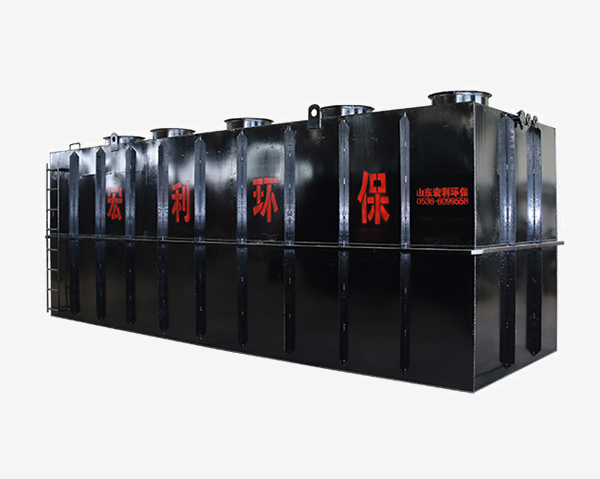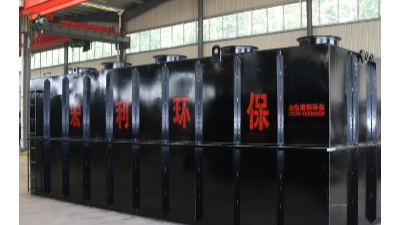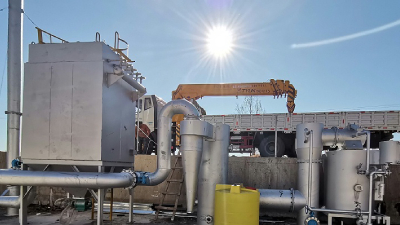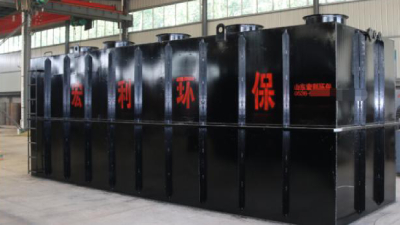Domestic waste incinerators and industrial waste incinerators handle different wastes. In order to better handle domestic waste and meet flue gas emission standards, there will be great differences in the process. Next,
Holy Shield will explain to you the characteristics of combustion processing technology, thermal energy utilization characteristics and living aspects of domestic waste incinerators.
1. Characteristics of combustion processing technology
The overall goal of the combustion of general fuel methanol is mainly to use heat energy, while the overall goal of the incineration of domestic waste is mainly to be harmless. The pursuit of perfection is that the domestic waste can be fully burned in the waste incinerator. Therefore, the waste incineration process generally adopts an operation mode with a higher gas ratio of excess capacity, and the specific gas supply and supply volume is generally 70%-120% higher than the basic theoretical gas volume. In addition, in order to get rid of the situation that some gas (oxygen) transmission is blocked due to the accumulation of waste in the whole process of combustion, the waste incineration grate must be designed so that the waste layer is always in a rolling state, so as to facilitate the disposal of domestic waste. Adequate burn.
2.the characteristics of thermal energy utilization
Although the key overall goal of waste incineration is to fully burn the waste, because the waste incineration flue gas of daily life has the characteristics of high moisture content and high concentration of hydrogen chloride, which has great corrosion to raw materials, the thermal energy acquisition system software also suffers from significant damage. harm. Therefore, the waste heat recovery and utilization system software of the domestic waste incinerator generally does not set the heating surface in the strong pollution area in the furnace, so that the saturated steam temperature is limited; the temperature of the flue gas leaving the heat energy acquisition section is generally not less than 250 ℃ It will endanger the high efficiency of thermal energy acquisition, and the use of steam-type air preheaters will also lead to the damage of steam kinetic energy. Therefore, the thermal energy utilization rate of urban development waste incineration is generally 10% lower than that of coal-fired steam boilers.
3. Characteristics of ecological environment protection
The whole process of transportation, storage and combustion of domestic waste in large cities is likely to cause secondary pollution. Among them, the most critical is the environmental pollution of flue gas, including air pollution sources such as fine particles, SO2, HCL, NOx, heavy metals exceeding the standard and harmful small amounts of organic compounds. The flue gas purification equipment included in contemporary waste incineration technology can generally be operated reasonably. General air pollutants other than NOx and dioxins. However, at this stage, there is still a lack of technically reliable and economically feasible tail-end cleaning processes such as NOx and dioxin.
Holy Shield has always focused on the innovation of incinerator technology, and has innovated a variety of waste incinerator products to meet most of the current waste treatment needs and national emission standards.



